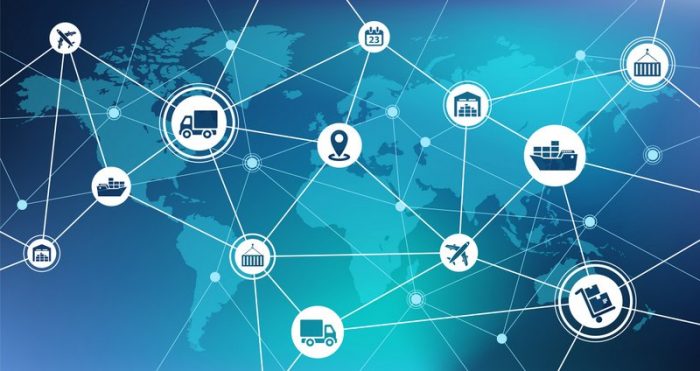Power Forward: Solar supply chain overview and an outlook for 2022

On this episode of Power Forward! we’re diving deep into solar supply chain issues with David Dunlap, vice president of operations with BayWa r.e. Solar Systems. We pick David’s brain about the current state of things from his vantage point.
Here are some of our favorite excerpts. But be sure to watch the entire conversation for an update on the government’s WRO enforcement action to this point. We get into how many and which modules are being detained, how that process works, and what that really means for those brands going forward. David also gives some final advice for solar installers to prep for the year ahead, specifically on how to build more resilience into your business.
Can you talk broadly about the supply chain challenges that there are right now? Take us broad up to that 30,000 foot perch of yours.
I think everyone is aware of the supply chain constraints and challenges even if mostly just from a consumer point of view. All goods imported to the U.S. right now and even many that are produced here but trucked great distances across the country are being negatively impacted whether it’s COVID issues or driver shortages or other labor shortages rising costs.
Constraints across the supply chain specific to solar products, we see massive port congestion and truck driver shortages delaying the imports and causing us to burn through existing inventory that’s already landed stateside faster than it can be replaced by those incoming goods.
The good news is this will get better with time. The bad news is that we still have, in my opinion, easily another six to nine months of these kinds of extreme constraints and delays as well as the elevated prices.
BayWa is a solar distributor … and contractors are relying on BayWa to deliver products and sustain their businesses. How does a distributor the size and scale of BayWa r.e., in that position, manage these challenges?
We’ve been growing and changing as an organization. This year we moved into an agile structure as a company, but our focus has really been to figure out the best and most efficient ways to support our customers. If we use the current supply chain challenges as an example, as a company we’re better positioned to serve our customers because we’re looking at the end-to-end processes that support a great customer experience, and we’re building our teams around delivering that value.
Will I have product when I need it in 2022? And if not, what should I do?
I wish I had a crystal ball to hone in on the exact particulars. But we work very closely with our manufacturers and we create resiliency through our deep partnerships. … a willingness to deliver bad news in addition to good news. Advanced planning is definitely key, and for this reason we show availability as well as future inbounds on our web store even if the dates change. Our customers tell us that just knowing that we’re still buying that item and the product is still coming into our inventory gives them a good signal about what to plan their business around. Having insight into our customers’ pipelines and having the discussions where we can evaluate risk.
I think gone are the days when a medium or a large size installer can just assume that any solar supplier or distributor will just have what they need sitting on the shelf. Small quantities, commodity type items, sure , those shouldn’t be much of an issue, but core run rate products, we’re happy to plan with anybody and support the run rates and forecasted business, but we need that commitment to communication into a partnership.
Are there manufacturers that you think are uniquely positioned to succeed in 2022?
Honestly I think there are many manufacturers that we could name that are poised to succeed, but maybe not all for the same reasons. An example, and I think many people could figure out who we’re talking about here, but a module company that has already been pursuing non-Chinese manufacturing and components produced outside of China, they’d be ahead of the curve right now in terms of the U.S. policy that demands evidence of no forced labor involved in production of their products.
But a very large vertically integrated company that can pivot their supply chain or has the ability to secure large volume contracts with the right suppliers and component manufacturers can also achieve the same policy compliance, and they won’t be that far behind.
Is there anything you’d like to maybe highlight on the policy side of things that a solar contractor should be paying attention to headed into 2022?
The policy landscape has been, wow, it’s just like getting bludgeoned constantly with all of the changes … I think the high-level guidance that I would offer is to count on a certain amount of price flattening. … The section 201 tariff may very well get renewed, but it’s not going to be at a higher rate … and then we also recently heard that the bifacial exemption comes back, and so that’s kind of a positive downward price opportunity.
I see demand staying very high as the Investment Tax Credit is also likely to get extended, so in general I would guide installers to plan for a continued increase in consumer demand. Don’t expect the pricing to just suddenly fall off a cliff but also don’t expect a sudden skyrocketing for Asian imports, and give yourself scheduling and inventory buffers because we’ve got to keep accounting for some continued supply chain challenges well into next year.
Here is the previous Power Forward, in case you missed it:




Comments are closed here.